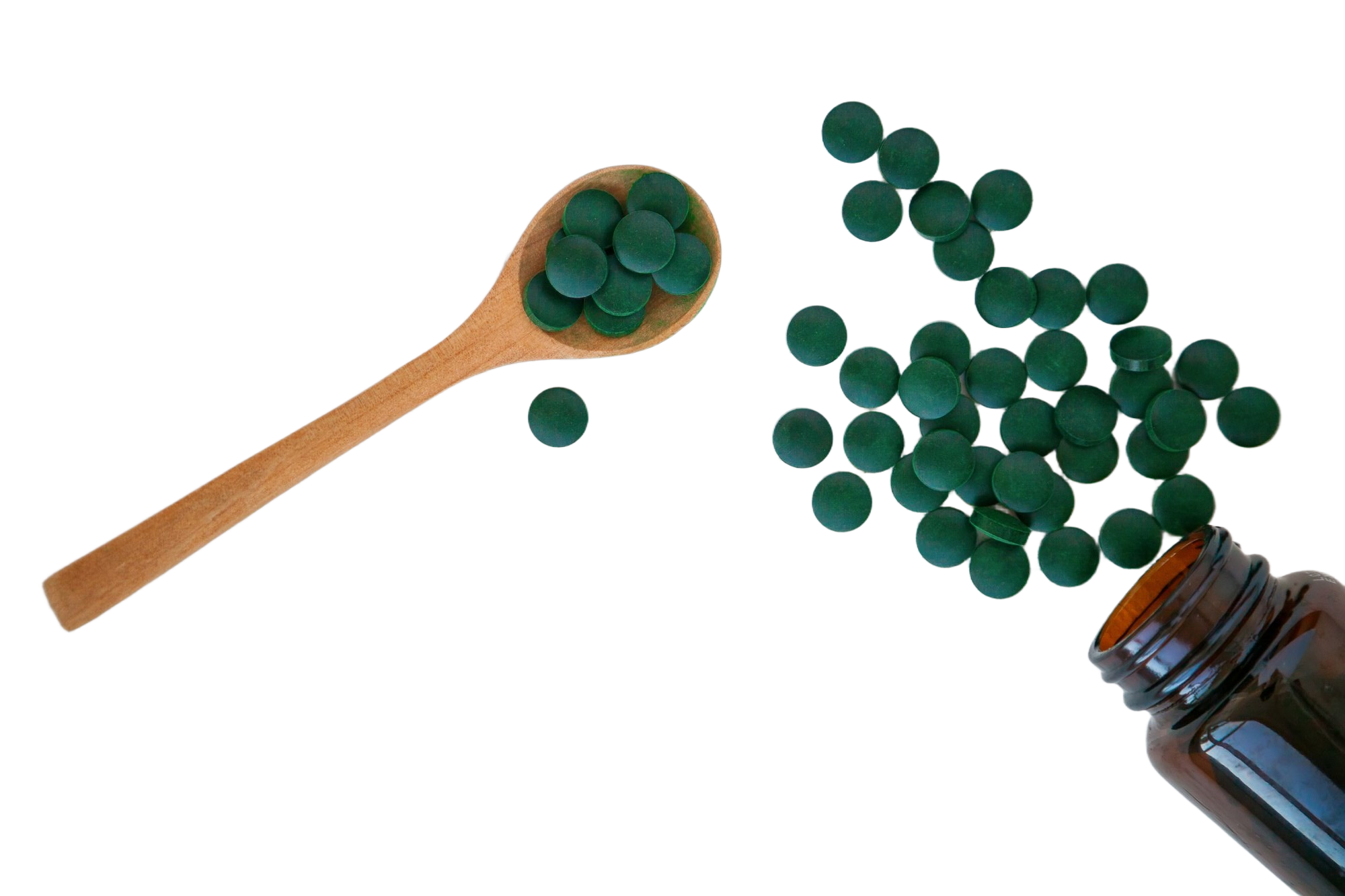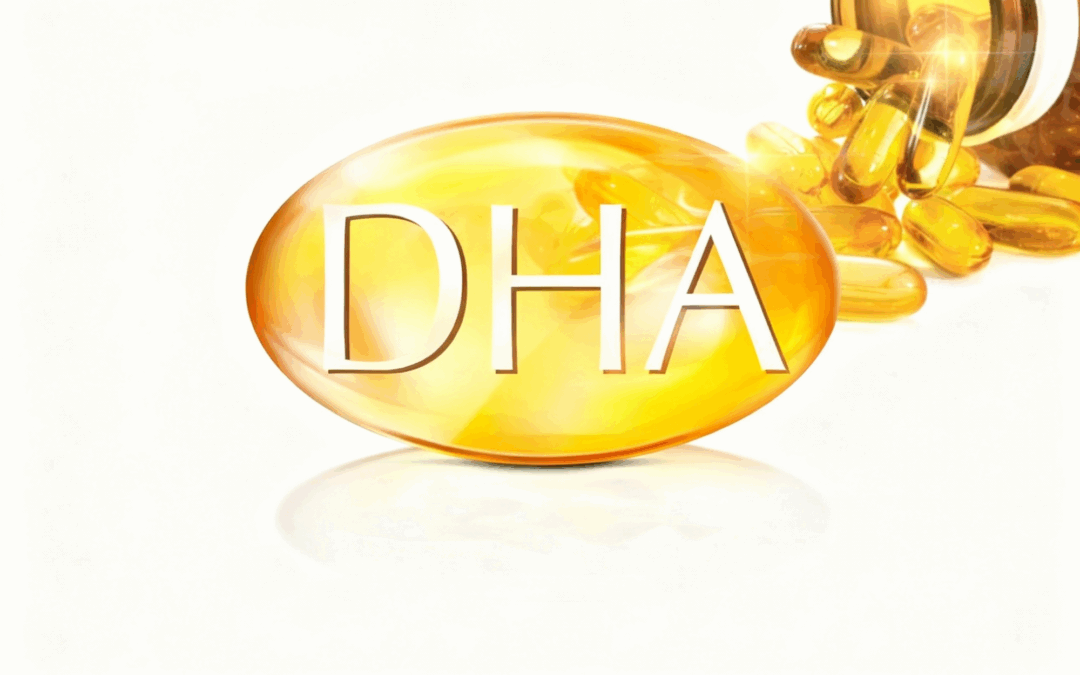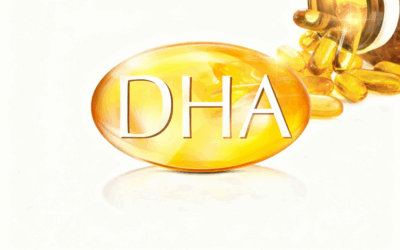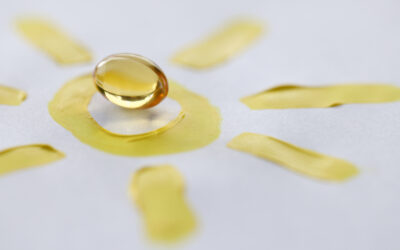The flu is a worldwide problem, with seasonal outbreaks causing millions of severe cases and hundreds of thousands of deaths every year. To make matters worse, flu viruses mutate rapidly, making vaccines and antiviral drugs way less effective. So what if a natural solution that could help? New research on mice suggests that Spirulina, your nutrient-packed blue-green algae, might offer a safe and effective way to fight the flu.
What Did the Study Discover?
The scientist found spirulina can do several impressive things:
- Its Stop the Flu Virus Early Spirulina extract prevented flu viruses from attaching to and infecting cells, disrupting the virus’s ability to spread. Sounds good already!
- It Reduces Virus Levels In lab tests, it slowed the replication of various flu strains, including those resistant to common flu drugs like oseltamivir (Tamiflu).
- It Helped Mice Survive the Flu Infected mice treated with Spirulina extract had higher survival rates compared to untreated ones.
- 100% Safe to Use It is a common knowledge fact that spirulina is well-tolerated in animal studies, even at high doses and has no harmful side effects. A no brainer!
So, How Does It Work?
The key seems to lie in how Spirulina blocks the virus. One of its main actions is stopping hemagglutination, a process where flu viruses latch onto red blood cells to spread through the body. By interfering early in the infection, Spirulina helps keep the virus under control.
Additionally, Spirulina is rich in bioactive compounds like proteins and polysaccharides, which have antiviral and anti-inflammatory properties. These substances may work together to protect cells and boost immune defenses.
Why Is This Exciting?
Well, traditional flu treatments, like vaccines and antiviral drugs, face major challenges:
Vaccine limitations: Flu viruses mutate quickly, so vaccines often need yearly updates, which might not match the circulating strains.
Drug resistance: Some flu strains have become resistant to common antivirals, reducing their effectiveness.
Spirulina extract offers a potential alternative that’s
Broadly Effective: It worked against multiple flu strains, including drug-resistant ones.
100% Safe: It showed no toxicity, even at high doses in animal studies.
Completely Natural: As a food supplement with a long history of safe use, Spirulina can easily be incorporated into any diet or therapy.
What’s Next?
While the results are promising, more research is needed to actually test Spirulina extract in humans. Clinical trials could help determine how effective it is as a flu treatment or preventive measure.
For now, Spirulina is already widely available as a very affordable supplement and is well known for its many health benefits, including immune support. Could it also become a game-changer in the fight against the flu? The evidence so far suggests it’s worth exploring.
Takeaway
Spirulina, the superfood often touted for its nutrients, might also help tackle one of the world’s most persistent health challenges—the flu. Safe, natural, and potentially powerful, it’s a reminder of how nature can inspire innovative health solutions.

1. Animal Toxicity Data and Extrapolation
In the Spirulina study, rats tolerated doses up to 5,000 mg/kg/day without adverse effects. Using the allometric scaling factor (conversion ratio) of 6.17 from rats to humans:
For a 5,000 mg/kg/day rat dose:
For a 70 kg adult this would mean the following
This represents an extremely high amount, far exceeding what is typically consumed.
2. Doses Tested in Humans
- Studies in humans often use 2–10 g/day of Spirulina without adverse effects.
- The highest reported safe dose in clinical studies is 20 g/day, used in specific cases such as malnourished individuals or as an immune booster.
What we did is we took 30 gram od spirulina tabets per day. 3 x 10 gram
Important Considerations
- Quality of Spirulina: Ensure the Spirulina is free from contaminants like heavy metals or microcystins, which can pose health risks.
- Individual Tolerance: People with allergies, autoimmune diseases, or phenylketonuria (PKU) should consult a doctor before use.
- Side Effects: Mild digestive issues (e.g., bloating, nausea) can occur at higher doses.
Conclusion
While Spirulina is safe at typical supplement levels (1–5 g/day) and even at therapeutic doses (10 g/day), a practical safe upper limit for most adults would be 10–20 g/day. Doses up to 57 g/day appear safe based on animal studies but are unnecessary and impractical for most individuals. Always consult with a healthcare provider for high-dose usage.







